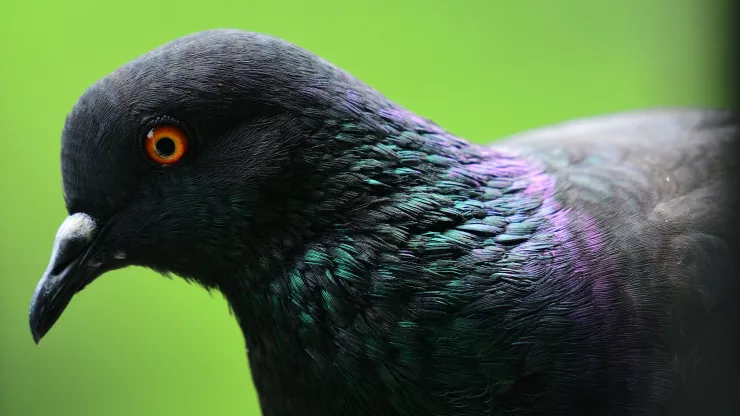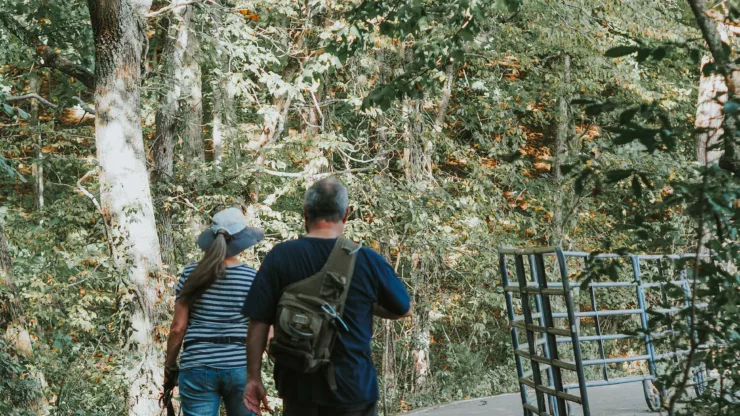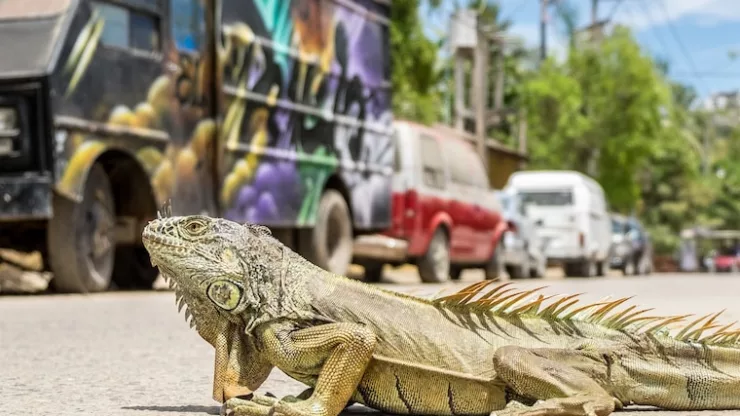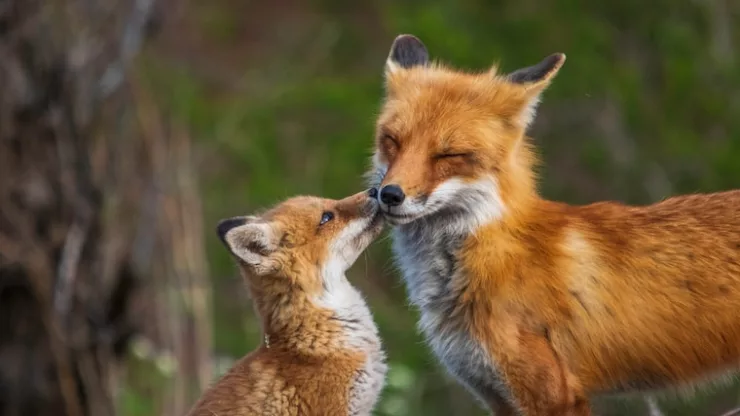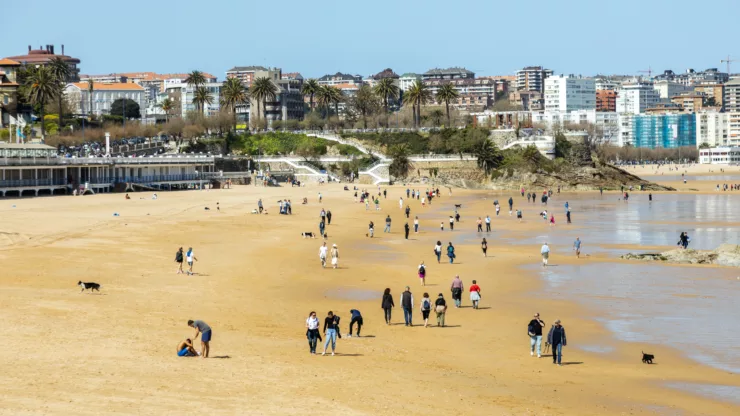Urban wildlife is a fascinating topic that has been gaining a lot of attention in recent years.
As cities continue to grow, so does the number of animals that call them home.
From raccoons to coyotes, and even deer, urban wildlife is thriving in the concrete jungle.
In this article, we will explore the secret lives of urban wildlife, their behaviors, challenges, and the importance of studying and conserving them.
Jump to Section
The Fascinating World of Urban Wildlife: An Introduction
Understanding the Diversity of Urban Wildlife
Urban wildlife refers to any animal that lives or thrives in an urban environment. Contrary to popular belief, urban wildlife is not limited to rats and pigeons.
In fact, there is a surprising diversity of wildlife species that have made cities their home.
These species have adapted to city life in unique ways, making them an integral part of urban ecosystems.
The Surprising Ways Urban Wildlife Thrive in the City
Urban wildlife has learned to adapt to the challenges of city life.
For example, raccoons have become nocturnal to avoid human interaction, while coyotes have learned to navigate busy streets to access food sources.
Even deer have been known to take refuge in urban parks and green spaces.
The Common Urban Wildlife Species You May Encounter
The most common urban wildlife species include raccoons, skunks, coyotes, squirrels, and birds such as pigeons and crows.
However, depending on the city and its location, there may be other species such as deer, possums, and even alligators.
The Importance of Studying Urban Wildlife
Studying urban wildlife is essential in understanding their behavior and ecology.
It can also help in city planning and conservation efforts.
How Urban Wildlife Research Can Benefit City Planning
Urban wildlife research can provide valuable insights into how animals interact with the built environment.
This information can be used to design and implement more animal-friendly structures and infrastructure, such as wildlife overpasses and underpasses.
The Role of Urban Wildlife in Ecosystems
Urban wildlife plays a critical role in maintaining healthy ecosystems.
They help to control pest populations, pollinate plants, and disperse seeds.
Without urban wildlife, cities would become sterile environments, devoid of the diversity and life that they currently possess.
The Challenges Urban Wildlife Face in the City
Urban wildlife faces numerous challenges in the city, including habitat loss, pollution, and human-wildlife conflict.
The Effects of Urbanization on Wildlife Habitat
Urbanization has resulted in the loss of natural habitats that wildlife depend on.
This loss of habitat has led to a decline in wildlife populations and a reduction in biodiversity.
Human-Wildlife Conflict in Urban Areas
As urban areas continue to grow, so does the likelihood of human-wildlife conflict. This conflict can arise when animals enter human settlements in search of food or shelter.
Human-wildlife conflict can be dangerous for both humans and animals and can result in injury or death.
Exploring the Secret Lives of Urban Wildlife
The Surprising Behaviors of Urban Wildlife
Urban wildlife has adapted to city life in unique ways, resulting in some surprising behaviors.
How Urban Wildlife Adapt to City Life
Urban wildlife adapts to city life by changing their behavior and diet.
For example, raccoons have learned to scavenge for food in garbage cans, while coyotes have become more diurnal to avoid humans.
The Social Lives of Urban Wildlife
Urban wildlife has complex social structures and behaviors. For example, pigeons form tight-knit flocks, while coyotes and raccoons have intricate family structures.
The Hidden Dangers Urban Wildlife Face
Urban wildlife faces numerous hidden dangers in the city, including pollution and human interaction.
The Threats of Pollution and Urbanization on Wildlife
Pollution and urbanization can have serious consequences for wildlife. Pollution can contaminate food sources and water, while urbanization can lead to habitat loss.
The Risks of Human Interaction with Urban Wildlife
Human interaction with urban wildlife can be dangerous for both humans and animals. Feeding wildlife can alter their natural behavior and make them more aggressive towards humans.
It can also lead to the transmission of diseases from animals to humans.
The Future of Urban Wildlife
The Importance of Conservation Efforts for Urban Wildlife
Conservation efforts are essential in ensuring the survival of urban wildlife. These efforts can include habitat restoration, education, and the implementation of animal-friendly infrastructure.
The Possibilities of Coexisting with Urban Wildlife
Urban wildlife can coexist with humans in cities. By implementing animal-friendly infrastructure and educating the public on proper wildlife interactions, humans can learn to live alongside urban wildlife.
Conclusion: Embracing the Wonders of Urban Wildlife
How to Appreciate and Protect Urban Wildlife
Appreciating and protecting urban wildlife can be as simple as making small changes in our daily lives.
Simply reducing our use of single-use plastics and properly disposing of waste can have a positive impact on wildlife.
Simple Ways to Support Urban Wildlife Conservation
- Participate in local conservation efforts
- Support animal-friendly infrastructure
- Properly dispose of waste and reduce plastic use
The Benefits of Encouraging Urban Wildlife in Our Cities
Encouraging urban wildlife in our cities can have numerous benefits, including:
- Improved biodiversity
- Increased opportunities for outdoor recreation
- Improved air and water quality
FAQ
What should I do if I encounter urban wildlife?
If you encounter urban wildlife, it is essential to remember that they are wild animals and should be treated with caution.
Keep a safe distance and avoid feeding them.
How can I support urban wildlife conservation?
You can support urban wildlife conservation by participating in local conservation efforts, supporting animal-friendly infrastructure, and properly disposing of waste.
I’m a nature enthusiast and creator of Metro Wilds and have spent years exploring the great outdoors.
With a passion for environmental conservation and sustainability, I have dedicated my career to writing about the beauty and wonders of nature, as well as the threats facing our planet.
Contact me at [email protected] for assistance.

